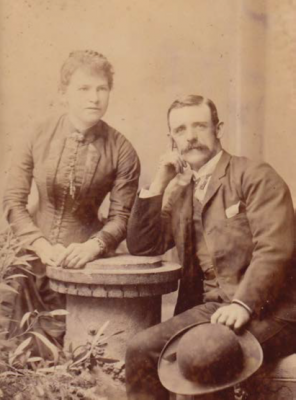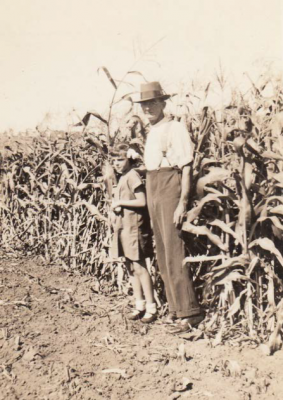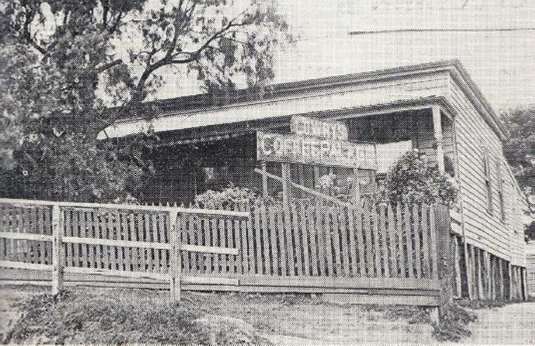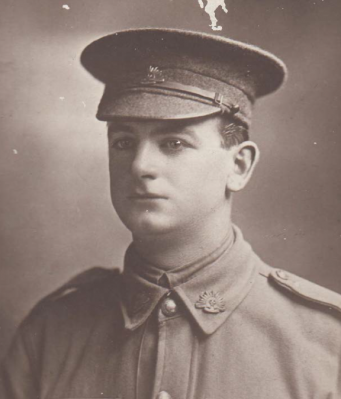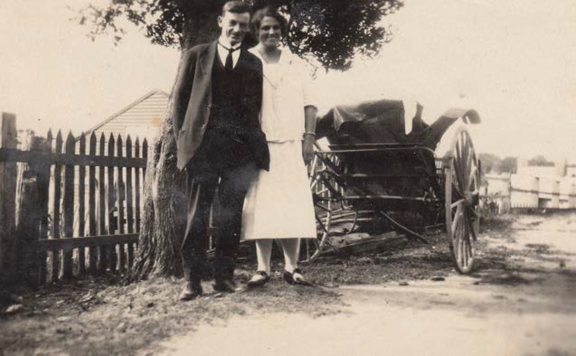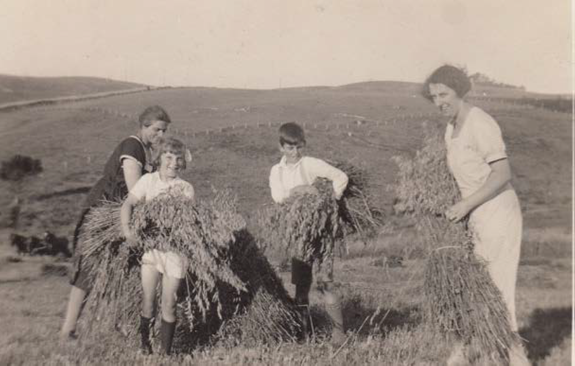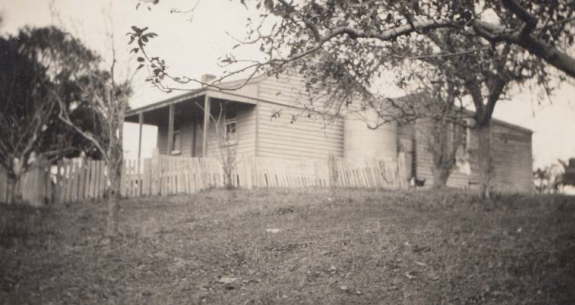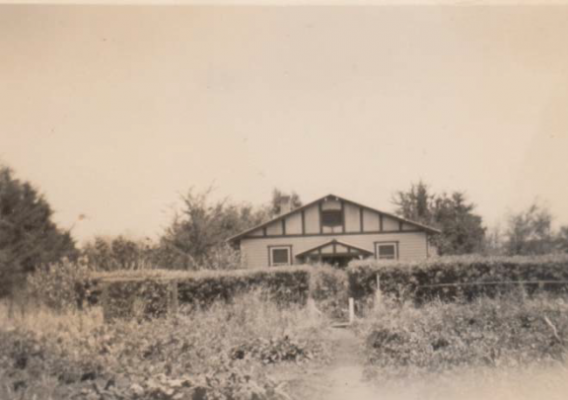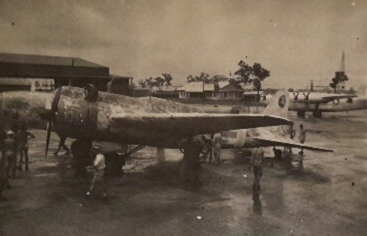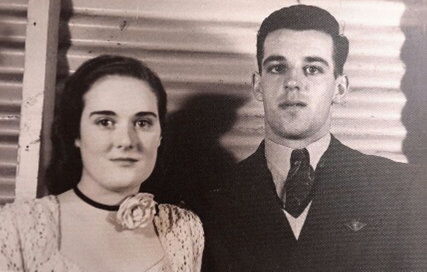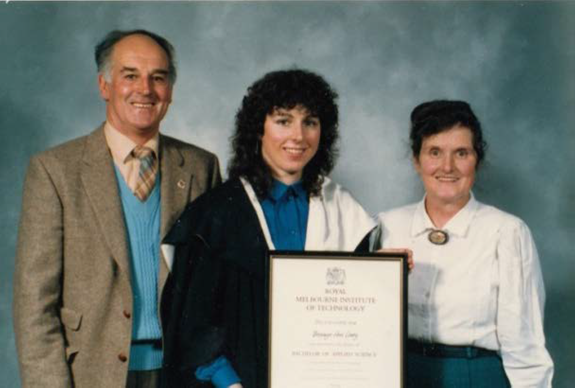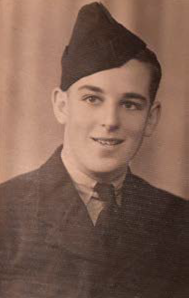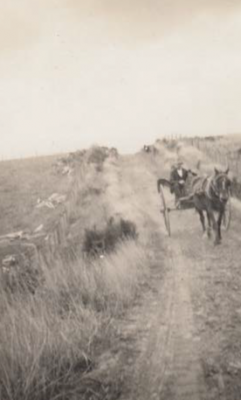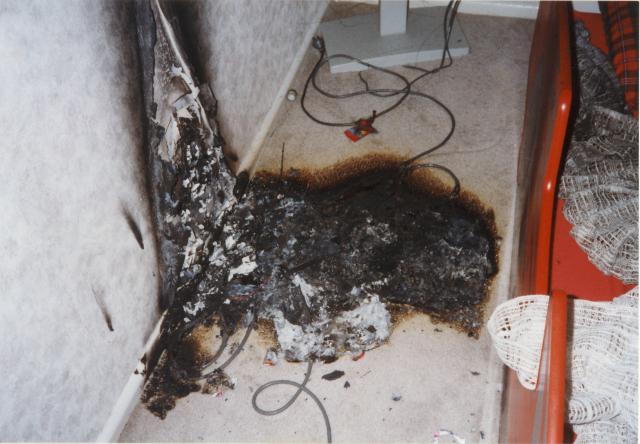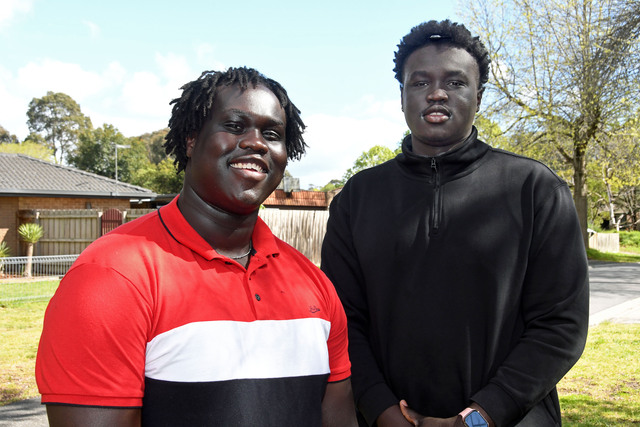In his latest article on the significance of street and place names in the region, NEIL LUCAS looks at members of the Lowry family, who came out from New York in the 1850s gold rush era and ended up making a mark in the South Gippsland town of Fish Creek and locally at Narre Warren North.
On 4 November 1852 on the Sagsusa, 26-year-old Samuel Lowry sailed from New York for Australia with his young wife Edith, whom he had married in the previous year.
Their voyage came at a cost of $180 (US) and that was for a second class cabin.
They landed at Port Phillip and headed straight for the gold diggings at Sandhurst (the former name of Bendigo).
It is not known whether their move there was to dig for gold or to take up some other occupation.
Samuel and Edith then lived at Smeaton, north of Ballarat producing 11 children, although three died before attaining six months in age.
They later moved to Sandy Point, south of Fish Creek in Gippsland, running both sheep and cattle.
The Lowrys bought both cattle and sheep at the Melbourne markets and drove them back to the farm on bush tracks with a view to fattening them for sale. Alas both dingoes and foot rot intervened and it was difficult to make a profit. Accordingly they set up a saw mill to support their family.
Samuel and Edith later lived in Benalla, where both died within five days of each other in December 1899, as did their daughter-in-law and their granddaughter – all from the fever.
Sam and Edith’s eldest son John travelled to Melbourne in 1889 where he married Agnes Kinnaird, returning with his bride by boat to Waratah Bay and then on horse-back to Sandy Point.
A couple of years later John arranged for a bullock team to drag a two roomed cottage to a property “Glennan” approximately half way between Sandy Point and Fish Creek where, with the experience from his parents business, he too set up a sawmill.
However in 1893 the Lowrys gave away the idea of living from the earnings of their saw mill and moved into the town of Fish Creek building a four roomed house which, with the addition of further rooms, became an accommodation house known as Lowry’s Coffee Palace, taking boarders, commercial travellers and others passing through the town.
An optician conducted consultations in a room provided to him by the Lowrys.
The further development of the town and particularly the opening of the Port Albert railway which ran through the town greatly enhanced their business opportunities.
At Glennan, John and Agnes had produced their first child Robert, who was followed at Fish Creek by Leslie in 1893, Isobel, Elsie and Arthur.
In 1906 young Les Lowry was appointed as mascot for the Fish Creek football team.
In 1917 the local paper Foster Mirror reported a large attendance at a function at Fish Creek in aid of the local Unity Church fund.
At the conclusion of the program “those taking part were hospitably received by Mrs Lowry at the Coffee Palace and treated to a nicely prepared supper”. One of the accompanists at the concert was Miss B. Lowry.
The Lowry’s Coffee Palace continued operation at Fish Creek but made the headlines in 1927 when a huge fire in the middle of the night destroyed the adjacent wine saloon.
The Fish Creek Hotel and the coffee palace were saved by the local brigade. Four years later Mrs Lowry decided to retire and put the property up for auction.
The advertisement described the establishment as follows – “17 rooms, consisting 12 bedrooms, 1 sitting room, large dining room, kitchen, 2 bathrooms, all well-furnished; everything in working order; Glorialight in main rooms, telephone, good piano, 19 single beds, 4 double beds, crockery, glassware, cutlery, &c. ; also 1 cow, 20 fowls; freehold land 99 ft. x 165 ft.; good stabling and outbuildings.”
When World War I occurred John and Agnes’ 23-year-old son Les Lowry joined the Army and as a member of the 14th Battalion left for overseas in early 1917 on the “Ballarat”.
Following the rounding of Cape of Good Hope, the Ballarat docked at Cape Town on 19 March. Alas, heading further north, the ship was torpedoed and sunk on Anzac Day 1917 and Les found himself in a lifeboat thankfully being rescued by one of the escorting destroyers.
Whilst serving in France Les was wounded by the blast of a large shell which managed to bury him under a pile of dirt and other material. His mates insisted in digging him out and found that he was still alive but severely wounded with head injuries (later causing a loss of hearing in one ear).
Les was invalided to Dartford in Kent, England where he recovered and subsequently returned home to Fish Creek where the community gathered and presented him with a gold waist coat medallion in honour of his service.
The government allocated a soldier settler allotment comprising 108 acres (40 hectares) located eight kilometres east of Fish Creek at Hoddle to Les.
The allotment was accessible by just a rough bush track but during the Depression Les and his mate Ted McKenzie gained a contract from the local shire to construct what was then named Lowry’s Road – a road still named that way, half way between Fish Creek and Foster.
The construction was undertaken the hard way – with horse, plough and scoop.
Les married a “city girl” Mary Robinson, who lived in Fairfield. They met during a holiday Mary spent at the Coffee Palace.
Les and Mary married in 1923 at the Presbyterian Church in Fitzroy and produced four children, Irene who died when still a baby, Gordon in 1925, and twins Valda and Lesley in 1928 (Lesley died whilst still in hospital).
The Lowrys ran dairy cows on their property at Hoddle, where young Gordon commenced schooling at the 11 student school.
By the time he was seven years old Gordon was riding the family’s horse Old Dick to and from school – the horse was 25 years old.
Gordon assisted his father on the farm, planting potatoes, spreading superphosphate and milking a couple of cows. After his chores he would fish for Blackfish in the creek.
In the early 1930s the Lowrys decided to sell the farm and move closer to Melbourne.
Les, as a result of his war injuries, could not continue with the farm. The farm was sold for less than Les had paid for it and as it had been allocated as a Soldier Settler allotment, the government retained the total proceeds.
Les successfully applied for a small Soldier Settler block at Narre Warren North for which he had to pay five shillings (50 cents) each week.
Their new 14 acre (five hectare) property was located on the south west corner of Fox Road and Narre Warren North Road.
The walls and ceilings of the three back rooms of the house were not lined – the government funded the lining of the ceilings but only the walls of one room.
Les continued with dairy cows, milking 20 cows by hand and growing maize and other vegetables until the early 1970s, when he decided to retire.
In the 1930s Les had purchased 12 acres jointly with Sam Brundrett from the Rose Farm across the road and they split it in half retaining half each.
The land was on the Narre Warren North Road adjacent to the Rose Farm. Les’ half had an existing house which he sold for removal (it was re-located to Doveton). The proceeds went a long way towards the purchase of the land.
Gordon Lowry completed Grade 8 at Narre Warren North Primary and went on to Caulfield Technical School.
He was a keen scout and when World War II commenced the scouts collected aluminium and unused articles (old saucepans etc) which could be repurposed for war materials.
Gordon remained in the scouts until he joined the Air Force at the age of 18 years.
He trained in armaments and was posted to Williamstown Air Force base in NSW where he worked on the Vultee Vengeance dive bomber, then for a time at the Sale base, Tocumwal base working on Liberator bombers and finally journeying in the back of an open truck from Adelaide to Alice Springs to catch the Ghan to Darwin air base.
He was discharged from the RAAF in April 1946.
After the war Gordon re-commenced his apprenticeship and worked at South Eastern Timbers, Raymonds and then Arkana in Dandenong.
Gordon married a local girl Colleen in 1954. He purchased the acres in Narre Warren North Road from his parents and built a house on the land which he and Colleen moved into following their marriage, under difficult circumstances – there was one tap and no power.
Gordon and Colleen produced two girls, Bronwyn and Sharon.
In 1979 Gordon took on the position of Building Maintenance Officer at the City of Berwick responsible for the maintenance and upkeep of a wide variety of council buildings.
On one occasion he helped out a council colleague who had a possum in the chimney. The possum did not sound to be in a very good mood.
Climbing onto the roof Gordon fed a thick rope down the chimney – during the night the possum climbed out.
Gordon served as Scoutmaster at Narre Warren North for in the order of six years, a committee member of the Narre Warren North Hall Committee, a keen member of the Narre Warren Tennis Club and later the Narre Warren Bowling Club, and as father of girl guides, helped with the construction of the local Guide Hall.
Another community activity undertaken by Gordon was running a work group at Kalimna for intellectually handicapped young adults for seven years.
Gordon was a regular attendee with Colleen at the Narre Warren North Uniting Church, where his funeral was conducted following his death in August 2016.

